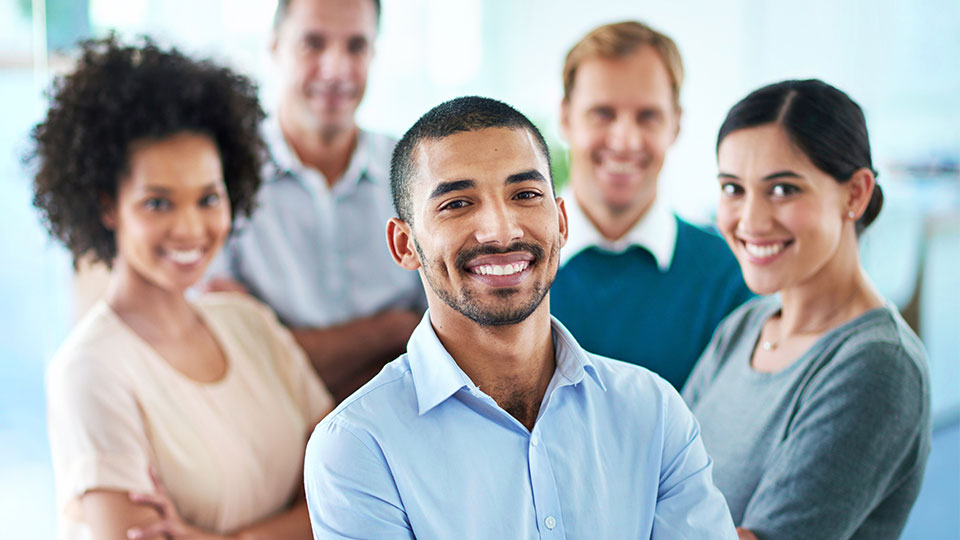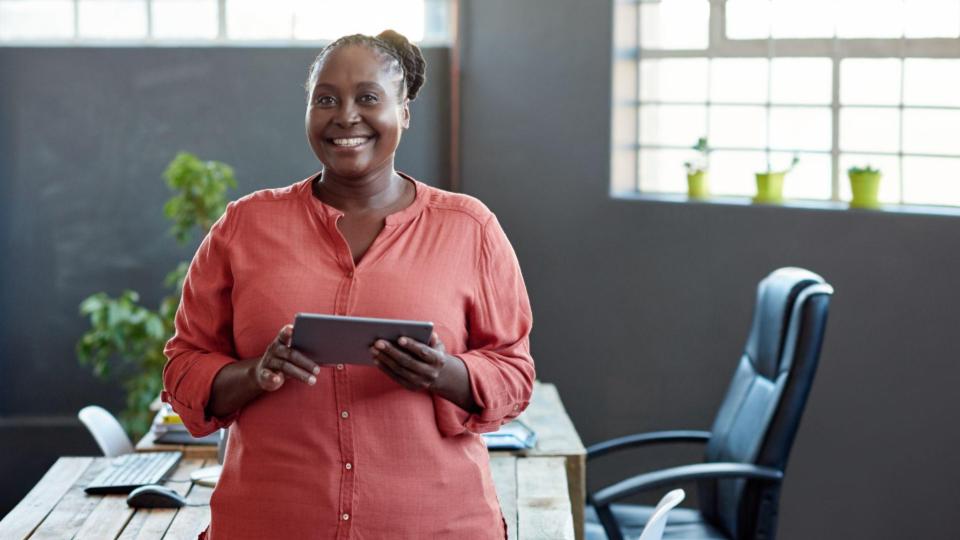Customer Data Platforms (CDPs) and Customer Relationship Management tools (CRMs) both capture customer data and can help power marketing efforts. This means revenue teams sometimes consider the CDP a secondary, nice-to-have piece of tech, whereas the CRM is absolutely essential.
We’d argue that having one without the other is like having a baseball pitcher without a catcher.
Sales teams live in their CRMs and use them to manage their communications with prospects. CDPs capture a fuller picture of the entire customer relationship — and by tapping into these capabilities, you can align teams and achieve breakthroughs.
Read on to discover why a CDP may be a game-changer for your organization’s revenue growth.
Differentiating Between CDPs and CRMs
CRMs and CDPs both collect data on customers and potential customers, but they differ in how they collect and use that data.
Briefly, a CDP creates customer profiles by collecting data from visitors — including anonymous visitors — from a large number of sources, online and off.
A CRM helps sales manage customer interactions and relationships. Data is entered manually for the sales pipeline and forecasting.
In contrast, CDPs:
- Collect customer data from different sources
- Analyze the data to establish patterns
- Associate these data patterns with accounts and self-identified individuals
- Share data across different platforms
Advantages of Using CDPs for Account-Based Marketing
1. Multiple Data Point Collection
CDPs collect data from a variety of sources. A CDP gathers first-and third-party information, such as demographic data (name, address, etc.), transactional data (purchases and returns), behavioral data (activity on a website or app, etc.), and more. It can even capture CRM details.
CDPs pull this information together to form the most detailed and accurate picture of the target customer or audience.
2. Accurate and Consolidated Customer Profiles
Instead of siloing data, a CDP cleans, analyzes, and attributes data to specific customer IDs for a clear and accurate customer profile. CDPs’ cross-platform and unified data capabilities avoid data chaos.
Rather than trying to reconcile multiple data sets, you can turn to the CDP for a single source of truth about customers.
3. Unified Multiple Channel Marketing
Cross-platform integration is one of the key defining characteristics of CDPs.
Essentially, captured and analyzed data can be easily shared across different media and platforms – and with different teams that need it. CDPs’ unmatched scaling and automation capabilities can be a game-changer for your organization’s account-based marketing.
4. Better Managed Customer Lifecycle
A CDP can capture granular details about any changes in key accounts and may offer AI-powered suggestions to help you determine the best messaging for accounts.
But sending the right message is only part of the process. Sending the message at the right point in the sales process is crucial.
Because a CDP gives you insight into customer behavior, your messaging will be based on their behavior at every stage in the sales pipeline.
5. Enhanced Data Privacy and Security Compliance
Data collection via third-party cookies is slowly going away. Google plans to phase out third-party cookies in Chrome by the end of 2022. Fortunately, this won’t be a challenge for organizations with policy-compliant CDPs.
All an organization needs is a single data point. A CDP will then build a more comprehensive customer profile using other non-personally identifiable information, such as customer behavior or geographical attributes.
CDPs generally collect more customer data than CRMs, so it seems strange to say they focus on consumer privacy and data security. But it’s true: the right CDP solutions have some of the most stringent policies and technologies to secure private information and, sometimes, de-anonymize it for analysis.
Book a demo today to find out for yourself the raw power of CDPs!






